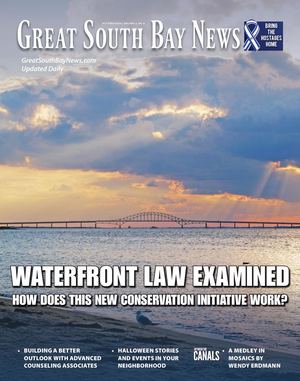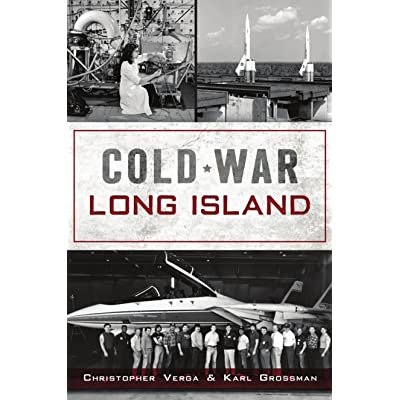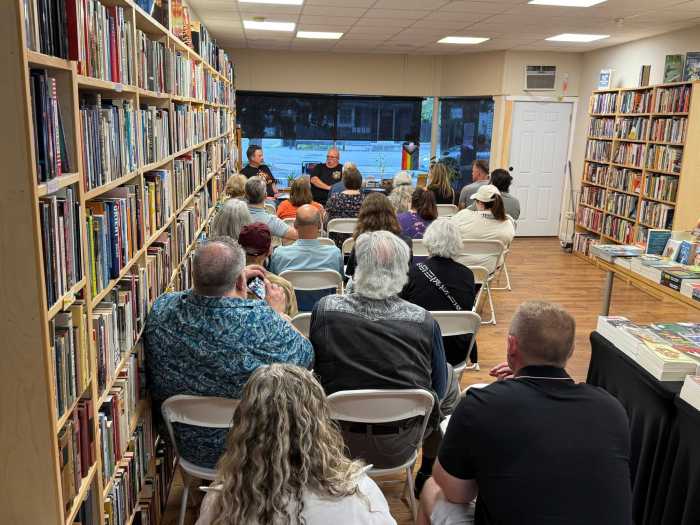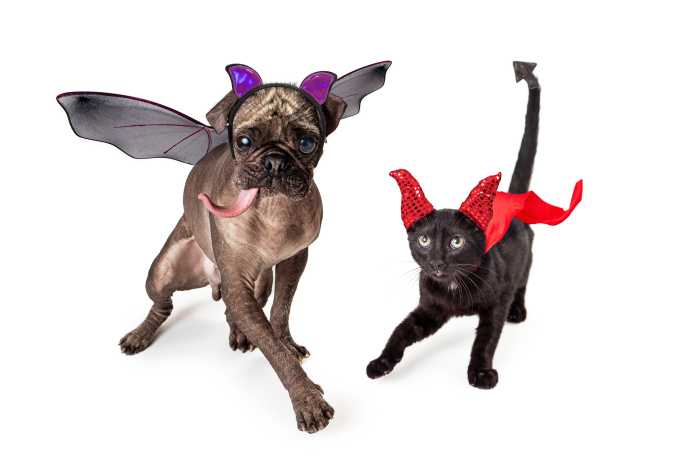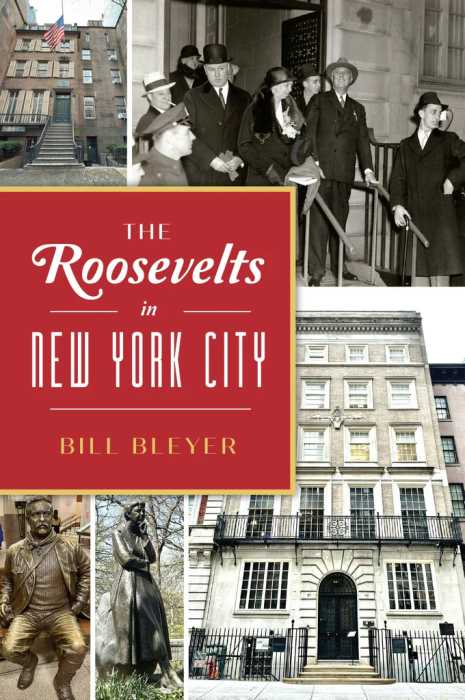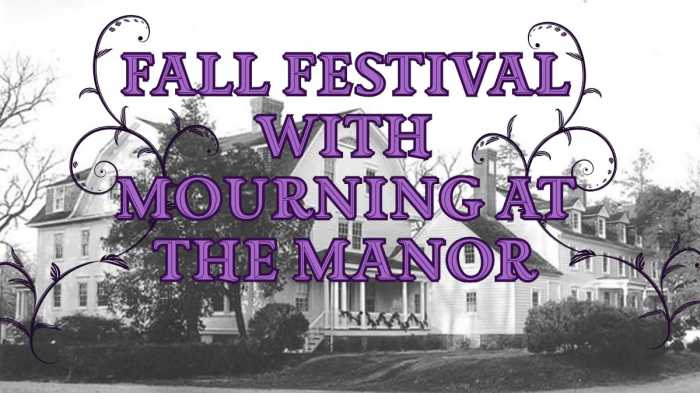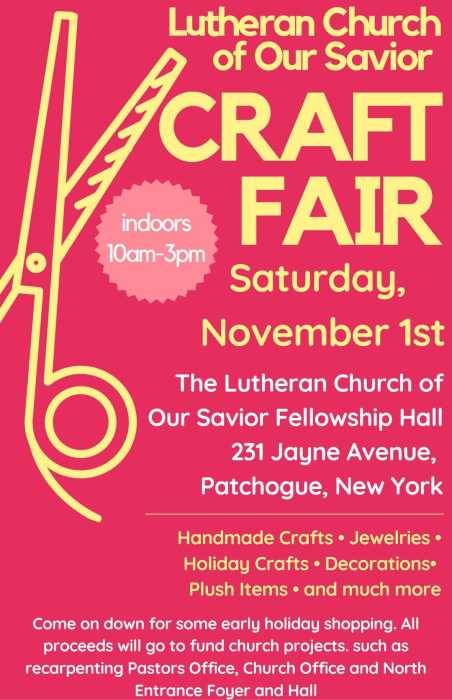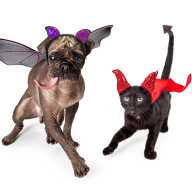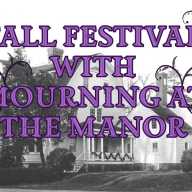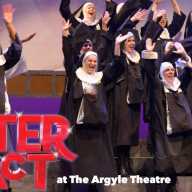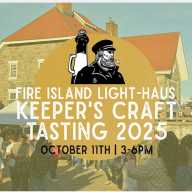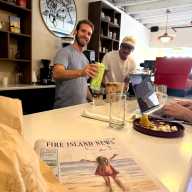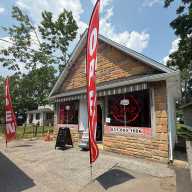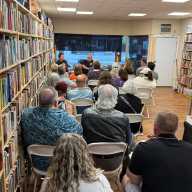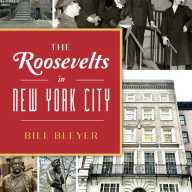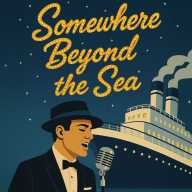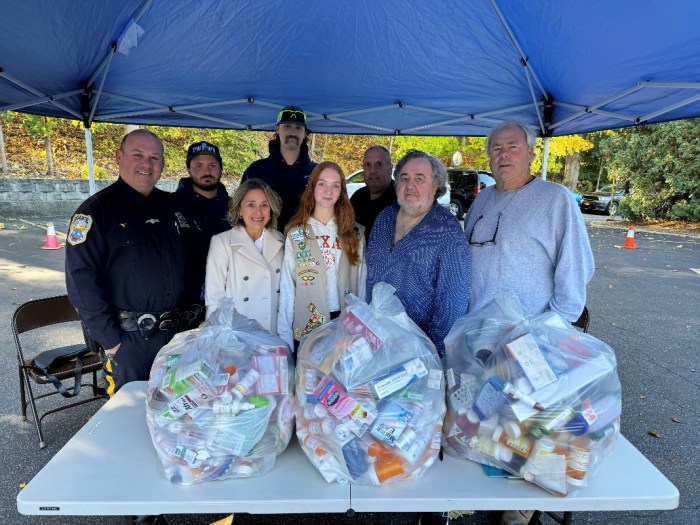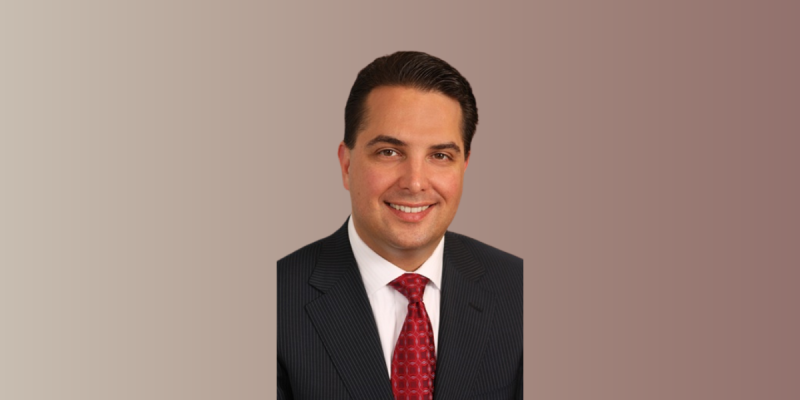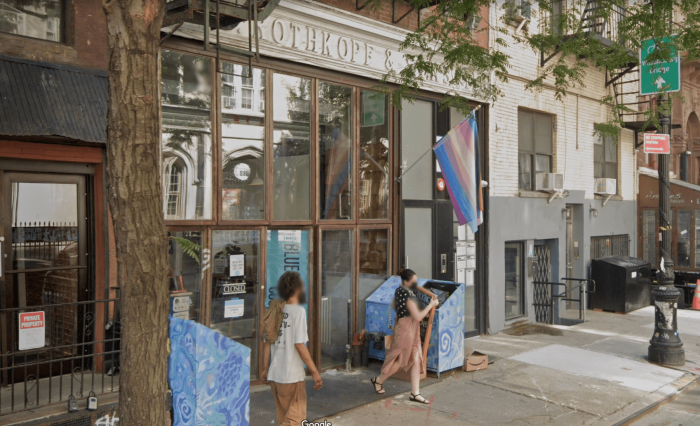
Cold War Long Island
By Christopher Verga and Karl Grossman
Nonfiction / History Press
By Rita Plush
Christopher Verga, American history instructor at Suffolk Community College and author of several books on Long Island’s history, and Karl Grossman, professor of journalism and award-winning columnist, give readers a comprehensive and detailed look back on how the Cold War (1947-1989) and its aftermath played out on Long Island. Photos by Verga and other sources enrich the text.
Cold War? Chilling, is more like it, when you think about how the U.S. and the Soviets battled it out to build the biggest bomb that could do the most damage and become the reigning world power. As the authors explain…
When the Soviets came up with the first nuclear missile in 1949, the U.S. outshone them with the hydrogen bomb in 1952. That baby could burn at 150 million degrees Fahrenheit “or a heat estimated to be as high as the sun’s interior … kill and contaminate 10,000 to 20,000 square miles.” Now, isn’t that a fun fact?!
Not to be outdone, the competition beefed up their arsenal and left our government printing leaflets on how to survive under atomic attack, and Long Island homeowners mixing cement. In spite of our leaders’ dire warnings, only “an estimated two to three hundred” built their own bomb shelters.
The arms race may have been the beginning of our loggerheads with the Soviets, but not the end.
My extra credit question: What did Ralph Kramden and Nikita Khrushchev have in common?
Answer: They both had designs on outer space.
Remember “The Honeymooners?” “To the moon Alice! To the moon!”
Alice didn’t make it to outer space, but Russia’s Sputnik did, with a dog in tow. It didn’t help our high-flying standing when months later our attempt into the atmosphere exploded seconds into the launch and Khrushchev laughed in his vodka. But not for long did we sit around and moon about it. President Kennedy declared that we’d put a man on the moon before the decade was over. And we just made it. In 1969, Neil Armstrong and Edwin Aldrin stepped out of Apollo 11 onto the moon’s craggy, volcanic, surface. But our astronauts had help, and lots of it. Nine thousand Long Islanders had worked “day in and day out” to make that happen.
And it happened at Long Island’s Grumman’s Bethpage facility where NASA’s chief engineer was a Nazi war criminal who advised Grumman’s engineers on how to build a spacecraft to beat the Russians. Surprised? Me too. But many such criminals left Germany after World War II “to escape prosecution for war crimes.” You’ll find many more-eye openers throughout the book. Such as Brookhaven’s National Laboratory and Plum Island Animal Disease Center. The latter as the locus of “secret documentation of radiation effects on humans,” and fostering a deadly biological weapon that could wipe out a country’s entire food supply.
For more cloak and dagger, page over to the chapter on Russian spies, which will take you to a manse on 14 acres in swanky Upper Brookville. A Soviet chief delegate to the U.S. bought that little cottage for an undisclosed amount, thereby avoiding taxes, and using the 19,000 square feet of space as a “spy center.” You’ll also bump into Khrushchev, the then-reigning Soviet oligarch. He visited Glen Cove in 1960, with the “largest security operation in Long Island’s history” in his wake. That had to do with Russia shooting down a U-2 spy plane, capturing the pilot, forcing him to admit he was an American spy. He wasn’t, and demonstrators wanted Khrushchev dead.
The Cold War heated up and Verga and Grossman catch readers up on the more recent past with the Vietnam War. Their profiles of the young soldiers, many in their early 20s, who returned to their Long Island communities in the 1970s not to parades that celebrated them, as with returning vets of World War II and the Korean War, but to resentment, anger and protests.
When asked if the war was worth fighting, veteran Charles Guida of West Hempstead said. “… I went with 65 guys, and 4 of us came back … And for what? A lot of you think we’re lucky we came back alive, but you’re wrong. We came back dead.”
Verga must have heard accounts like that firsthand. His father, Claude, served in Vietnam.
War. Terrible war, I’m thinking as I write this. More terrible because what was past morphed into our present when Vladimir Putin, Russia’s latest ruler-in-residence, invaded Ukraine this past winter, making this book all the more timely.
